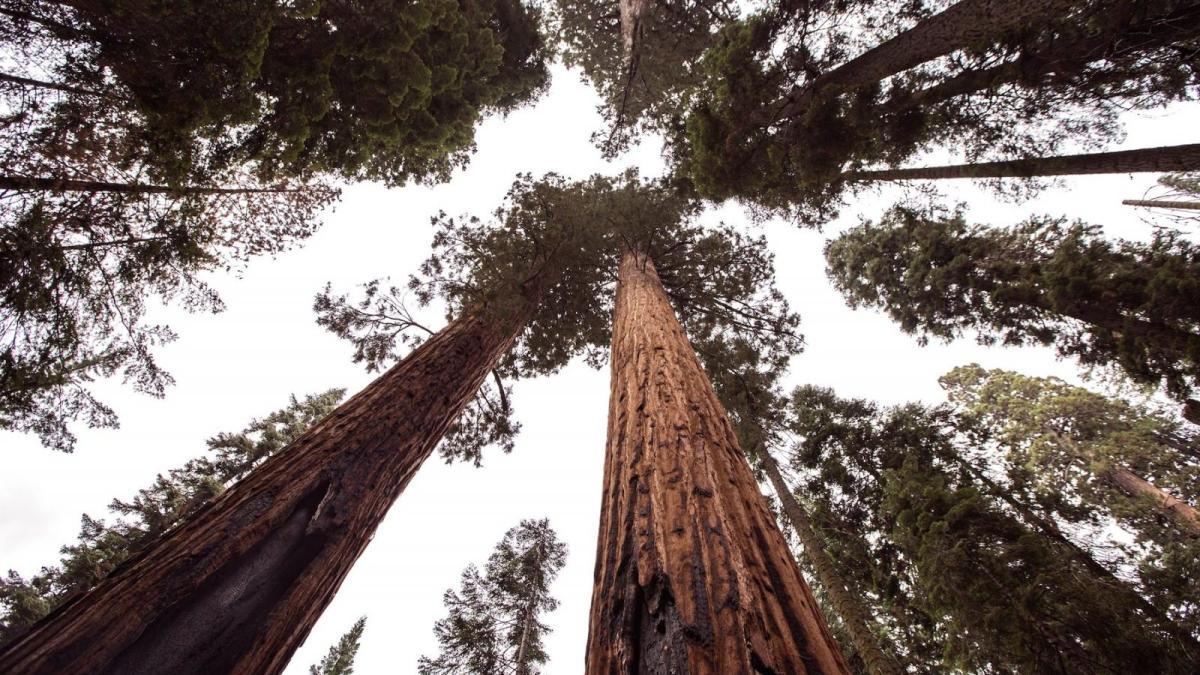This story was originally published by Yale Environment 360 and is reproduced here as part of the Climate Desk collaboration.
Some 56 million years ago, just after the Paleocene epoch gave way to the Eocene, the world suddenly warmed. Scientists continue to debate the ultimate cause of the warming, but they agree on its proximate cause: A huge burst of carbon dioxide entered the atmosphere, raising Earth’s average temperature by 7 to 14 degrees Fahrenheit. The Paleocene-Eocene Thermal Maximum (PETM), as this event is known, is “the best geologic analog” for modern anthropogenic climate change, said University of Wyoming paleobotanist Ellen Currano.
She studies how the PETM’s sudden warmth affected plants. Darwin famously compared the fossil record to a tattered book missing most of its pages and with all but a few lines obscured. The PETM, which lasted roughly 200,000 years, bears out the analogy. Wyoming’s Bighorn Basin is the only place on Earth where scientists have found plant macrofossils (visible to the naked eye, that is) that date to the PETM. The fossil leaves that Currano and her colleagues have found there paint a vivid portrait.
Before ... Read more

